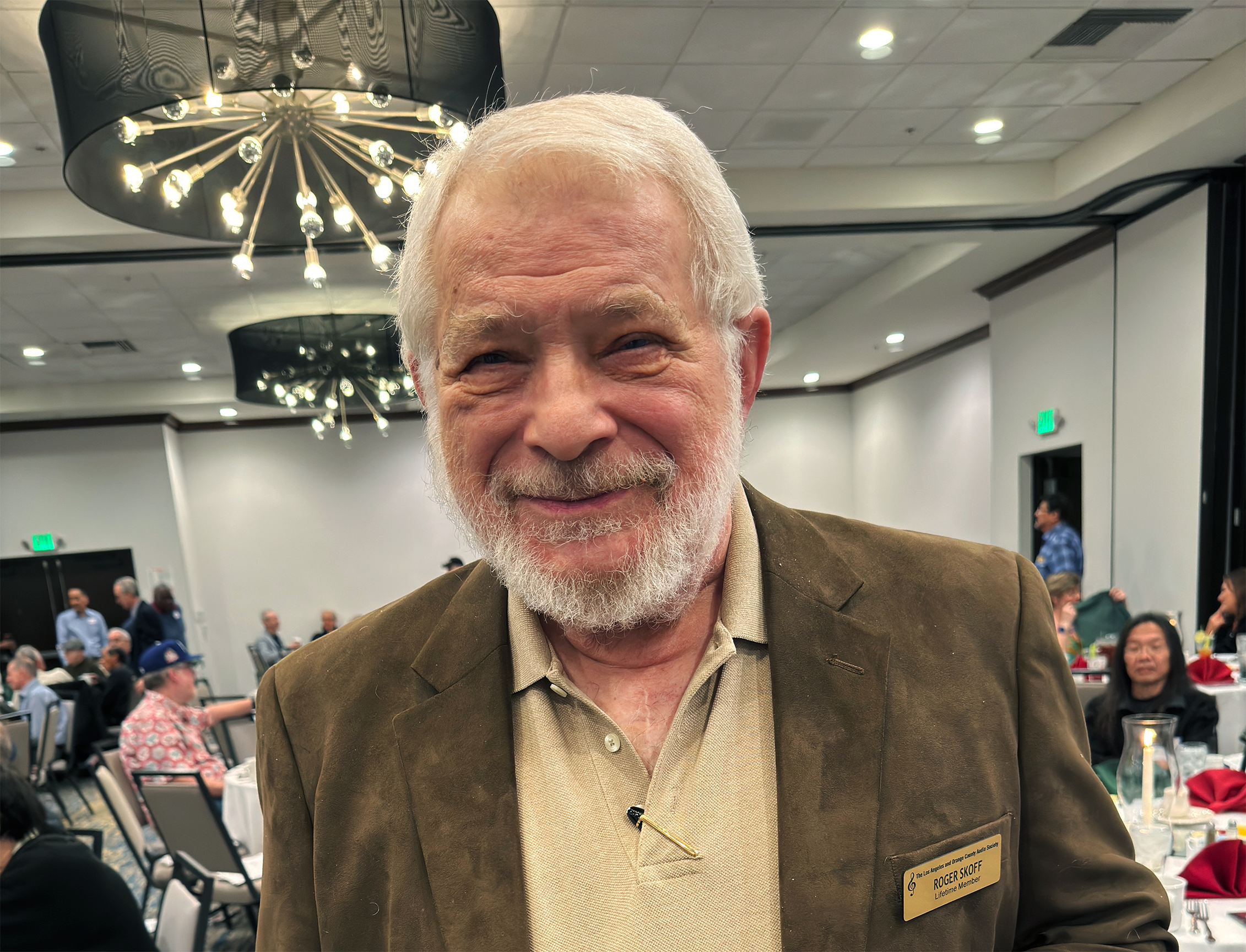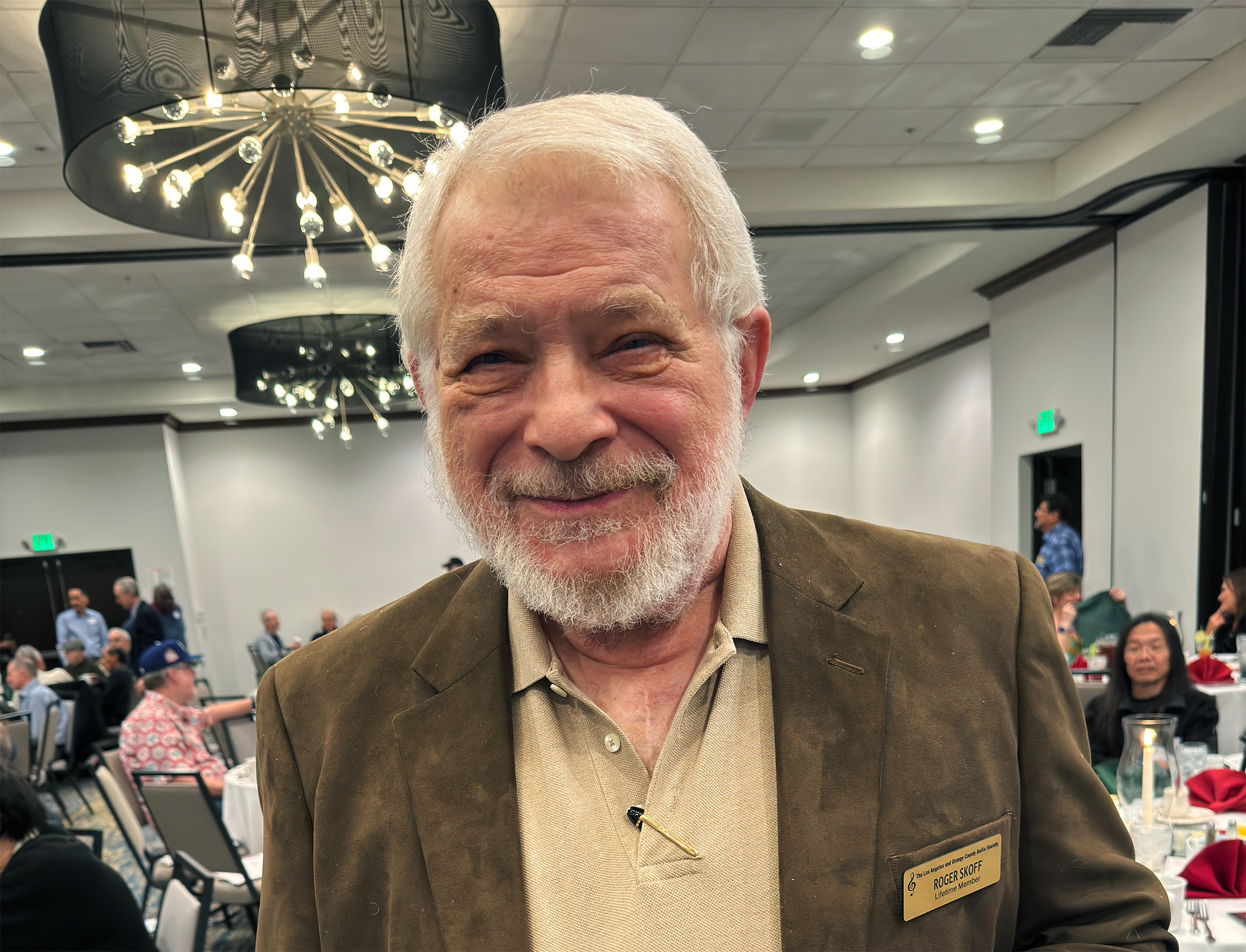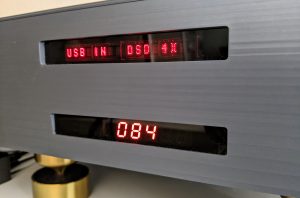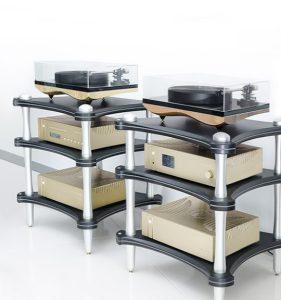
If you stop to think about it, you'll see that all of everything about our hobby—the music we love, the gear we give so much of our wealth and interest to, and the rooms we listen in—is about vibration.
The recorded music we listen to is a vibration in the air caused by the vibration of an instrument or a voice that causes the vibration of the diaphragm of a microphone; which is electronically recorded and played-back to become vibrations in a transducer (speaker, headphone, or whatever); which becomes more vibrations in air; which vibrates our eardrums; which vibrate three little bones in our middle ears; which results in vibrations of tiny "hairs" in our inner ears; which stimulate our auditory nerves; which we hear as sound. It's exactly the same process for "live" music or other sound, except that the recording/playback process is eliminated. And even that's not necessarily completely true, because we can also hear sound through conductive media other than air (water, for example), or by direct bone (or flesh) conduction, bypassing the need for any other medium at all.
Pretty simple, huh? All we have to do to build the perfect stereo system is to find out the exact pattern of vibration of any original source and duplicate it, and we'll really have what the CD promised when it was first introduced—"Perfect Sound Forever"!
Except that there are a few problems to be overcome along the way:
For one thing, anything at all that we might use to determine, analyze, record, or play back that original pattern has a vibration pattern of its own that will affect, distort, cancel, augment, or in some other way interfere with and change that original pattern to at least some degree.
EVERYTHING—at least all physical things—resonate at some frequency when stimulated. Put most simply, that means that, if it has physical being (mass)—if you touch it, bang on it, yell at it, or even brush it with a feather—it will vibrate. (The word "resonate" breaks down linguistically to "re-son [from the Latin for "sound"] -ate", meaning, quite literally, "sound again," referring to a repeating pattern of vibrations at a particular, specific, and constant frequency called its "fundamental resonance.")
It will always vibrate at that frequency in addition to whatever other frequency or frequencies may be imposed on it (as, for example, the vibratory movement required of a speaker or microphone diaphragm), and how much it will vibrate at its fundamental resonance will always be determined by just two things: the intensity ("amplitude") of the stimulus (the banging, yelling, or feather touch—whatever it is that's causing it to vibrate), and the frequency of the stimulus, with the closeness or distance of the frequency of stimulus to the frequency of fundamental resonance being the determining factor on how much effect it will have. The closer together the two frequencies are, the greater the effect, and the farther apart they are, the less the effect will be.
Now think of this: That effect applies to every physical object in every step of the way from the original sound source to your ear, whether you're listening live or to a recording. And there's more: It's not just the fundamental resonances that affect what we hear. Every fundamental resonance has harmonics—additional resonances at twice the fundamental resonance frequency; at three times; four times; and so on, all the way out to infinity, each declining in amplitude from the one before it, but always still there.
What this means is that for every sound we hear there's likely to be a whole chorus of other sounds, heard and unheard, singing along with it. Some of these, like the natural "echo" effect of sound bouncing off of and arriving at our ears from multiple room or other surfaces, can be helpful to us in localizing sound sources. Some, including the "echo chamber" effect sometimes added to recordings, can actually contribute to our musical enjoyment. Other vibratory or resonant effects, though, like—perhaps, most notoriously—the "feedback howl" that can arise from mounting a record player on top of a speaker playing at high volume, are purely negative, and to be avoided whenever possible.
The problem there is that, unlike feedback howl, which can be so loud as to be painful, and demands strong immediate attention, small vibration problems may be loud enough to interfere with system performance and to create blurred or distorted sound and a loss of imaging or sound-staging, but are often so far below signal level as to never even let you know that they're there and need to be fixed.
Starting with the beginning of the (analog) playback system, some of these problems are:
- turntable plinth or stand resonances, which can contribute to acoustic feedback or LP record tracking problems;
- cartridge cantilever/stylus resonances (usually of very high frequencies) that can, and often do, result in rising high frequency response in moving coil cartridges;
- cartridge/tonearm resonances (usually of very low frequency) that can affect tracking and get so strong as to actually cause the stylus to "leap" out of the record groove;
- phono cable or interconnect microphonics that can create spurious voltages in the cables as a result of triboelectric or capacitive effects (the cable actually acts like a microphone to create superfluous and unwanted signal);
- similar microphonic effects in tube (or even solid-state) electronics;
- speaker cable microphonics;
- speaker cabinet resonances that sing along with the music;
- floor and/or wall vibrations stimulated by the sound from the speakers.
- open-vessels (decorative jars, planters, etc.), that act like Helmholtz resonators, to sing along with the music; and,
- room "nodal" or other effects that, because of the resonance of the air-column created by the dimensions of the listening room, create "peaks and valleys" or other effects or limitations on in-room frequency response.
All of these can hurt the sound of your system and negatively affect your listening enjoyment.
Be pleased, though: For most of them, solutions are available. These may be as simple as just putting lids on your open vessels (#9) or filling them with marbles or gravel to eliminate or change the resonating volume. Or by getting cables properly designed to prevent microphonics (#4, #6). Or by getting better "feet" to put under things and get rid of "pass-through" vibration problems (#1, #5, #7, #8.) NOTE: Feet can, stated most simply, be either couplers, absorbers, or both. Couplers ("spikes" of whatever kind) don't either reduce or absorb resonant energy, but simply reduce its frequency and amplitude by making the coupled masses (speaker and floor or chassis and stand, for example) into just one greater mass and making the same amount of energy vibrate all of it. Absorbers actually remove resonant energy by converting it into heat. (Sorbothane feet or Norman Varney's EVPs are good examples.) Combination products try to do both, but may not do as good a job of either. Room effects can be alleviated with suitable acoustical treatment or by simply repositioning or replacing speakers and/or furniture. Cartridge/tonearm mismatches can be dealt with by replacing one or the other or, possibly, by just the addition of mass in the right place. About the only thing that you're actually stuck with is cartridge cantilever resonance (#1), which, if there, will always be there but can be offset by changing cables (yes, there are some—not designed by me—that can be used as "tone controls"), using different speakers, adjusting preamp loading, or (Horrors!) actually using tone controls or EQ (equalization).
Whatever it is, sound is, ultimately, always vibration. You DO want to get all of it that's supposed to be there (Was that what The Beach Boys were singing about?), and you DON'T want the rest. The fix is probably there. Do it!





































